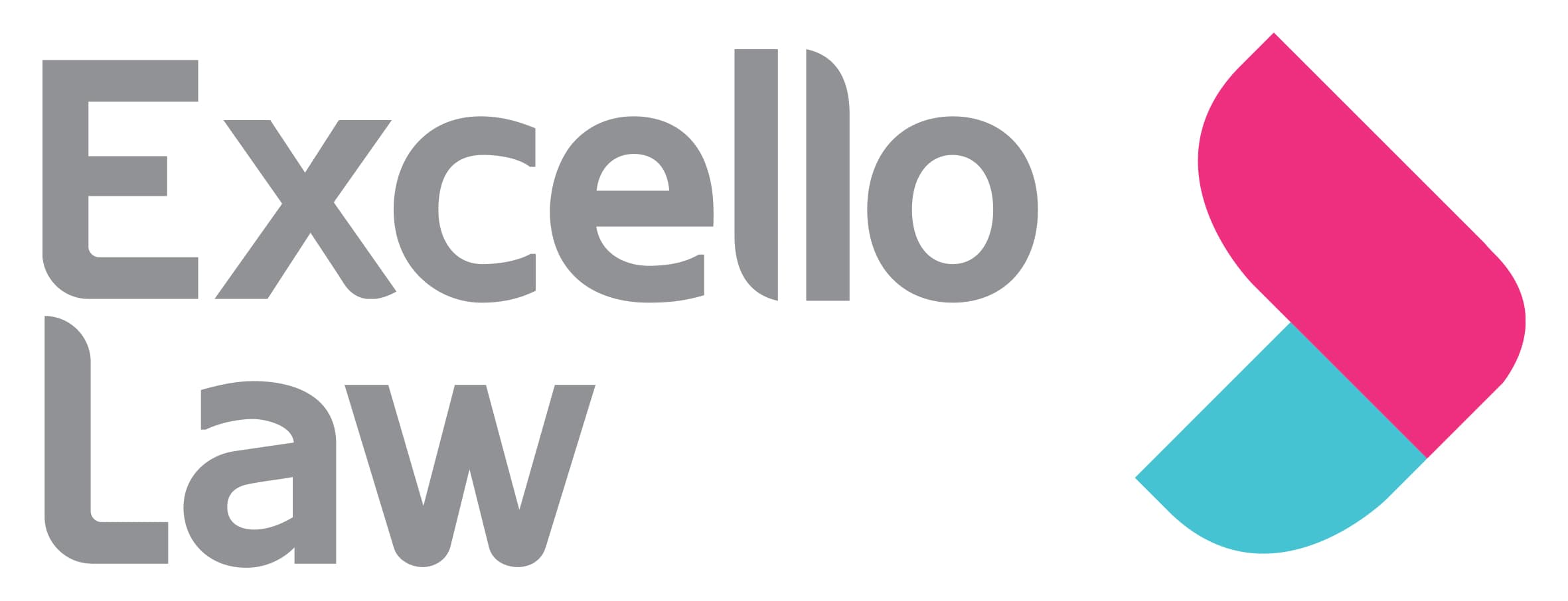Call us now on
0207 374 6546
mob: 07809 694 400 e: hina@partnerslaw.co.uk
Call us now on
0207 374 6546
mob: 07809 694 400 e: hina@partnerslaw.co.uk
The Coronavirus Job Retention Scheme has been introduced by the Government as a result of the COVID-19 pandemic. The scheme introduces the concept of furlough leave and provides for employers to recover a proportion of pay from HMRC.
What does the reimbursement cover?
Employers can claim up to the lower of 80% of usual monthly wage costs or £2,500 per employee, plus the associated employer national insurance contributions and minimum auto-enrolment employer pension contribution.
What employees are covered?
The scheme covers the following individuals, provided that they were on the employers' PAYE payroll on 28 February 2020, regardless of their contract type:
Employees who were made redundant since 28 February 2020 can qualify if they are re-engaged by their former employer.
What about employees who have already been given notice of redundancy or placed on unpaid leave before furlough leave was announced?
The scheme is backdated to 1 March 2020. It would therefore be possible, in theory, for an employer to propose to employees who are still employed, but have been given notice of redundancy or placed on unpaid leave after 28 February 2020, that they be put onto furlough leave instead.
Does the employee have to be at risk of redundancy to be covered by the scheme?
The precise circumstances in which an employer can put employees on furlough leave and claim reimbursement through the Coronavirus Job Retention Scheme remains unclear following the publication of more detailed government guidance on the scheme. It appears likely that it is intended to cover employers who would otherwise need to drastically cut their payroll as a result of the crisis, either through lay-off or redundancy. However, without further guidance, it is not possible at this stage to say with any certainty when the scheme will apply.
Are employers obliged to top up the remaining 20%?
Employers are entitled to continue paying full pay during furlough leave, but they are not obliged to do so. If they do top up, they can only claim back employer national insurance contributions and minimum auto-enrolment payments up to the cap. Withholding 20% of an employee's salary will, however, amount to breach of contract and unlawful deduction of wages unless the employee gives their consent. It is expected that the majority of employees will consent since furlough leave is a better alternative than unpaid leave, lay-off or redundancy.
What is the position if 80% of pay is less than national minimum wage based on normal working hours?
Employees on furlough leave do not need to be paid national minimum wage (NMW) with reference to their normal working hours. However, if they undertake any online training then they must be paid the NMW in respect of those training hours.
Call us now on
 Partners Employment Lawyers is not a firm of solicitors. Members of Partners Employment Lawyers are consultants at Excello Law Limited and legal services are provided by Excello Law Limited which is authorised and regulated by the Solicitors Regulation Authority under SRA number 652733.
Partners Employment Lawyers is not a firm of solicitors. Members of Partners Employment Lawyers are consultants at Excello Law Limited and legal services are provided by Excello Law Limited which is authorised and regulated by the Solicitors Regulation Authority under SRA number 652733.
Privacy policy | Cookie Policy | Complaints policy | Employment Tribunal pricing